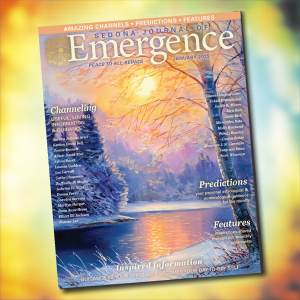An Interview with Tibetan Artist Losang Samten
An Interview with Tibetan Artist Losang Samten Richard Marranca
I interviewed Losang in Reno, where he was lecturing and creating a mandala. When it was complete, he swept it up and put it in the Truckee River—a blessing to the Earth and a recognition of impermanence.
How do you like living in Philadelphia?
Very nice. It's a very hospitable place. I do have a center there called the Tibetan Buddhist Center of Philadelphia. I'm one of the founders of that center, and it's quite active. We arrange meditation, different classes, and seminars. We come together and share our thoughts. I also taught Tibetan and some philosophy and religion at the University of Pennsylvania. My sister lives in Philadelphia too. But I don't know it much. It's a big city.
What was it like living in Tibet?
I was born in Tibet but didn't grow up there, meaning I left when I was five years old. Last year, I visited there for two weeks. What I noticed was a lot of change.
Do you remember your family's escape from Tibet?
When you're very young, your mind is quite clear. Any kind of special thing or difficulty stays in your mind, so I remember how hard it was. It was very dangerous going over the mountains and escaping from the Chinese. My parents were worrying if we would make it, what would happen to us in India or Nepal, and if we would ever return to Tibet.
Could you say something about your experiences in Nepal and India?
By the way, in Shambhala Sun, a story was printed about my life—this was around 1989. A woman named Ellen from New York interviewed me. She was married to a Tibetan guy who is a real good friend. One day she asked me to come for dinner and she interviewed me. Anyway, we were there in Nepal, next to Mount Everest, for almost two years. We were living in a wonderful place, very green and beautiful.
I met his holiness the Dalai Lama in 1964 in Dharmsala. He had a Tibetan dog, a lasa apsa. I remember the dog came first, then his holiness showed up. We were all so happy and cried when we saw him. He spoke to us about many things, including the need for patience and education, and he said we would someday return to Tibet.
A few years later, 19661967, I went to school in Eastern India. It was a Tibetan refugee school. It was a good school modeled after the English system. After that, I went to an arts school and studied many things—art, history, music, dance. Then I joined the monastery and studied Buddhist philosophy, among many things.
- Log in to post comments








